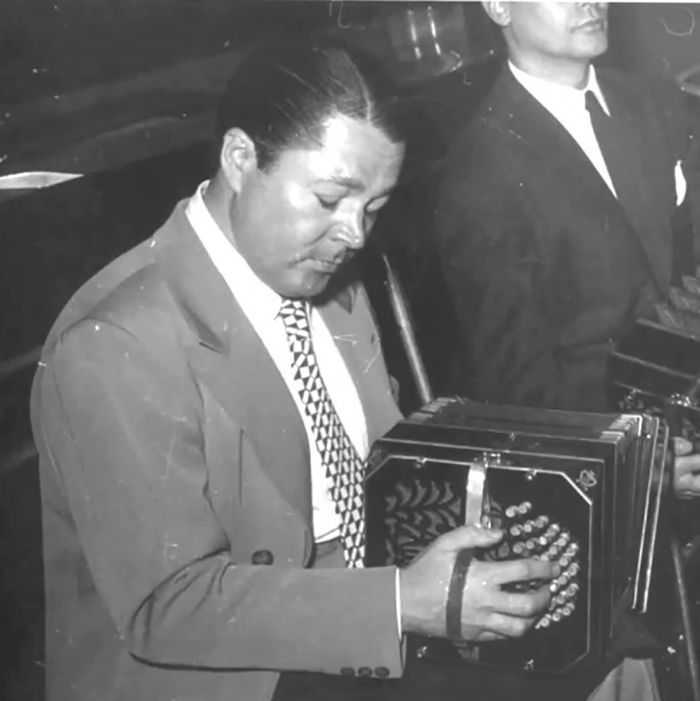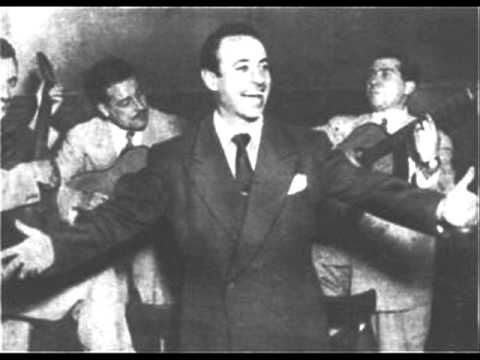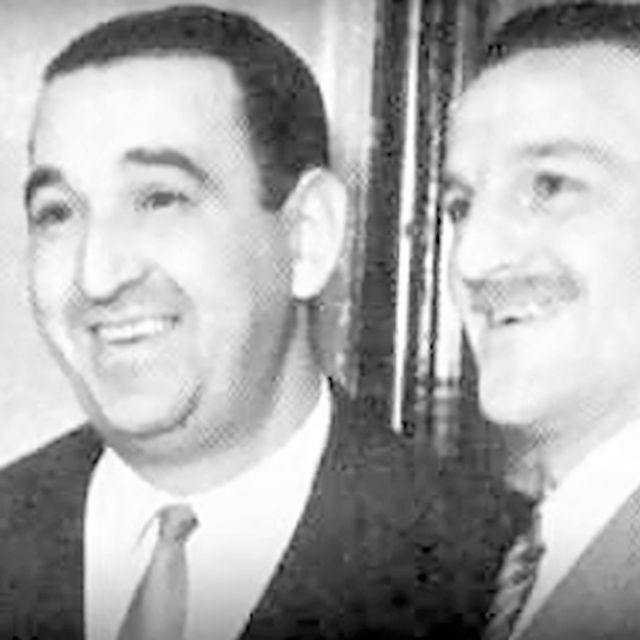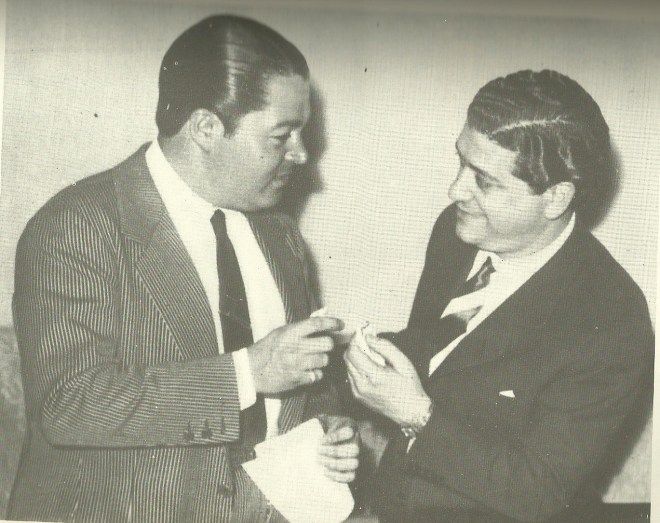“Pa’ que bailen los muchachos” by Anibal Troilo y su Orquesta Típica with Francisco Fiorentino in vocals, 1942 (English translation of the lyrics).
“Pa’ que bailen los muchachos
via’ tocarte, bandoneón.
¡La vida es una milonga!
Bailen todos, compañeros,
porque el baile es un abrazo:
Bailen todos, compañeros,
que este tango lleva el paso.
Entre el lento ir y venir
del tango va
la frase dulce.
Y ella baila en otros brazos,
prendida, rendida,
por otro amor.
No te quejes, bandoneón,
Que me duele el corazón.
Quien por celos va sufriendo
su cariño va diciendo.
No te quejes, bandoneón,
que esta noche toco yo.
Pa’ que bailen los muchachos
hoy te toco, bandoneón.
¡La vida es una milonga!
Ella fue como una madre,
ella fue mi gran cariño…
nos abrimos y no sabe
que hoy la lloro como un niño…
Quién la va a saber querer
con tanto amor,
como la quise.
Pobre amiga, pobre piba,
¡qué ganas más locas
de irte a buscar!
Pa’ que bailen los muchachos
via’ tocarte, bandoneón.
¡La vida es una milonga!”
English translation:
To make you dance, my friends
I will play you, bandoneon.
Life is a milonga!
Everybody dances, comrades,
because the dance is a hug:
Everybody dance, comrades,
that this tango counts the time.
Between the slow come and go
of tango goes
the sweet phrase.
And she dances in other arms,
wired, surrendered,
for another love.
Do not complain, bandoneon,
That my heart hurts.
Who by jealousy is suffering
his love goes speaking.
Do not complain, bandoneon,
that I play tonight.
To make my friends dance
today, I play you, bandoneon.
Life is a milonga!
She was like a mother;
she was the love of my life
we broke up, and she does not know
I cry like a child today …
Who will know how to love her
with so much love,
as I did?
Poor girlfriend, poor girl,
I feel this mad desire
to go looking for you.
To make you dance, my friends,
I will play you, bandoneon.
Life is a milonga!
Tango 1942
Music: Aníbal Troilo
Lyrics: Enrique Cadícamo







